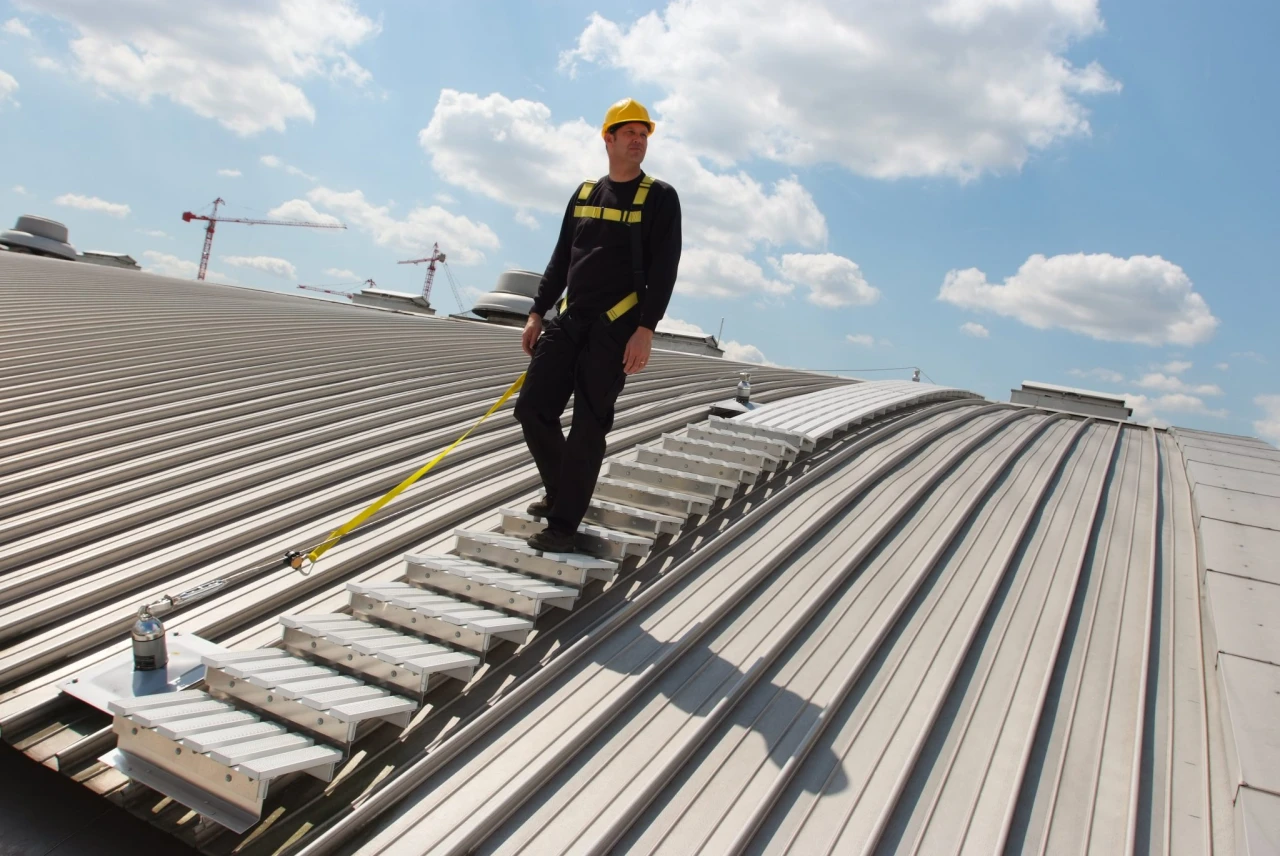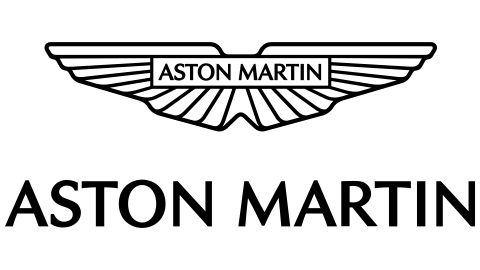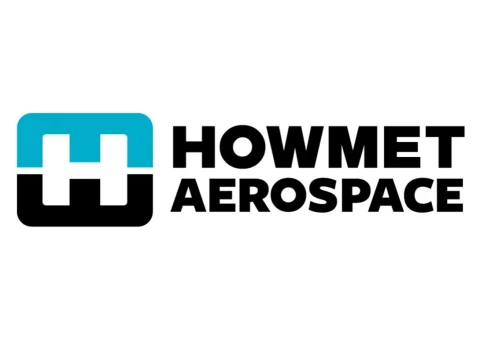

- Knowledge Base
- Tips & Explanations
- Hierarchy of Risk Management
Hierarchy of Risk Management
When it comes to working at height, you will automatically think of high rise buildings and towering aerial masts, however, working at height is classed as any work in a place where an individual could fall a distance and be liable to personal injury. This actually covers any height at all, it could even be at, or below ground level.
If you are exposed to a fall hazard whilst at work, you are working at height.
Falls from height continue to be the biggest cause of fatal injury in Britain’s workplaces. The Health and Safety Executive (HSE), have reported that the number of accidents when working at height can be significantly reduced by implementing The Hierarchy of Risk Management. This control system provides guidance to enable you to choose the safest and most sensible approach to work at height.
Before an employee carries out work at height, they must first assess the risks involved and weigh up factors such as the height of the task and condition of the surfaces being worked on. The duration must also be considered as some forms of access equipment are only permissible for short duration work.
The way in which the HSE views an approach to height safety is that the hierarchy of safety should first be considered so that employees can then identify the safest option of work:
Eliminate the risk- Where possible, the task should be completed from ground level. In order to achieve this, the project is assessed as to whether it is necessary for operatives to access the roof in the first place. If possible, all plant and maintenance equipment should be placed at ground level and the task completed from there.
Guard the Hazard (Collective Protection) – Should roof access be unavoidable the next option is to create a safe working environment. This would be in the form of sufficiently high parapet walls or a guardrail enclosing the roof or surrounding the work area.
Protecting the worker (individual protection) – If the risk of a fall cannot be prevented, then sufficient measures must be taken to minimise the distance and/ or consequences of a fall if one were to occur.

Protecting the worker falls into two subsections:
Fall Restraint – Ideally this option should be taken as there would be no chance of the worker falling. The principle in this case is to prevent the operative from physically reaching a fall hazard. This can be in the form of a cable or rail based system.
Fall Arrest – The alternative to fall restraint is a fall arrest system which incorporates methods of load dissipation to cope with the forces in the event of a fall. The principle in this case is to prevent impact with the ground or lower level if a fall were to occur. This method will keep the operative suspended until rescue.
Employers or individuals who control work at height have a duty to assess and consider the safety of those working at height throughout the duration of the task. A duty holder must make sure that work is correctly planned, supervised and carried out by the most competent individuals. This includes carrying out thorough risk assessments on site, in line with The Hierarchy of Risk Management, and ensuring that everyone involved in the work at height activity is competently trained in line with the law.
Employees should also remember that they have legal duties to report to their employer anything that may affect the safety of themselves or others and to use the equipment provided in accordance with the training received and the instructions supplied.














